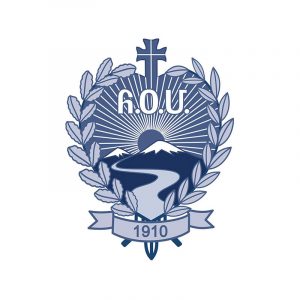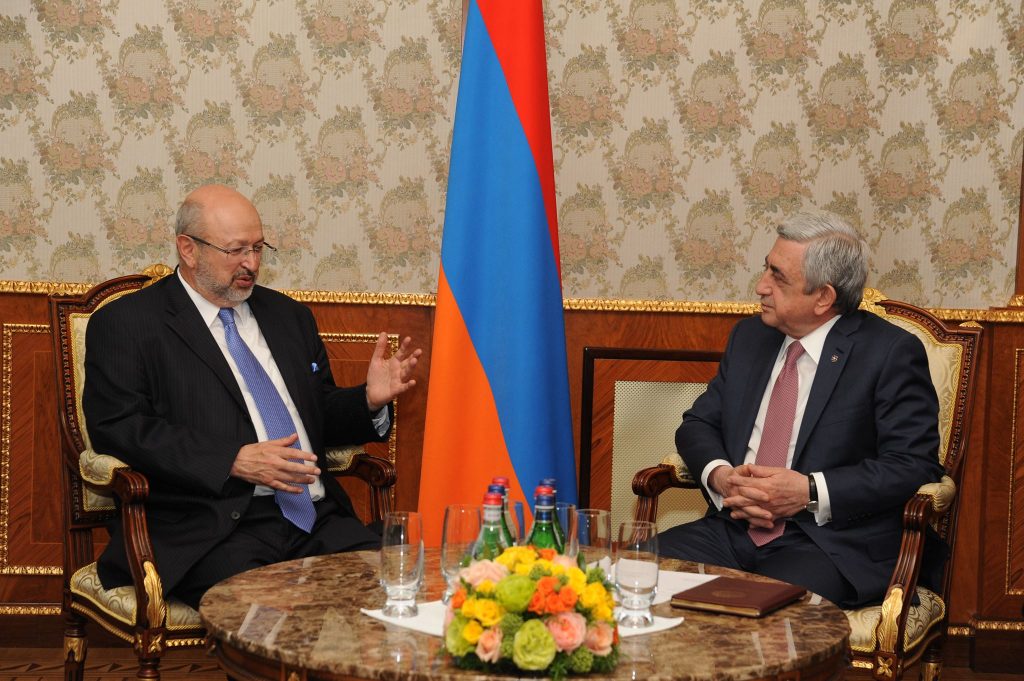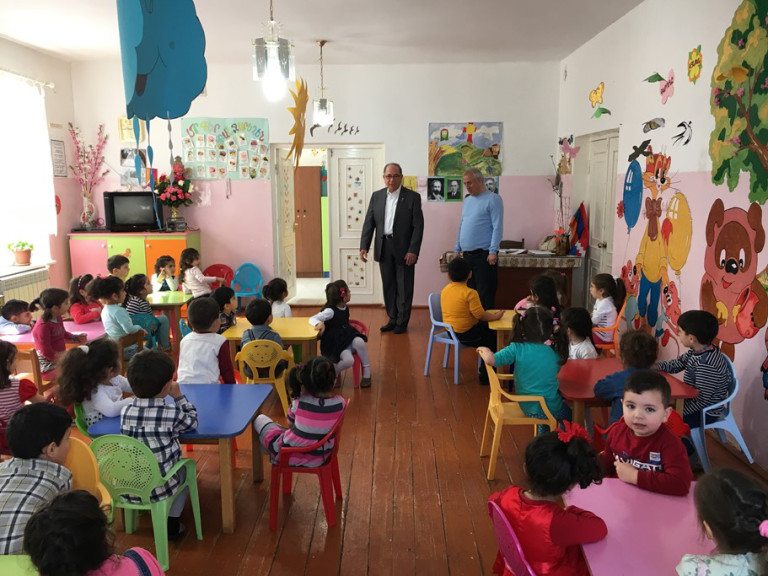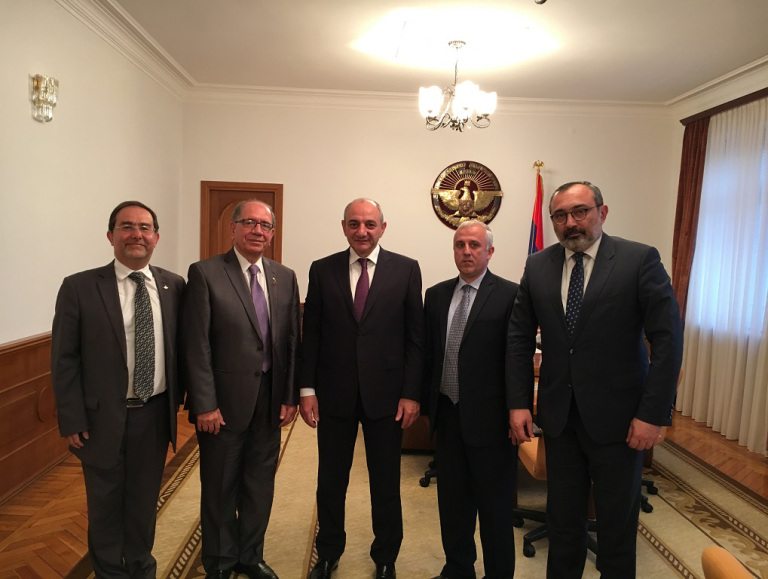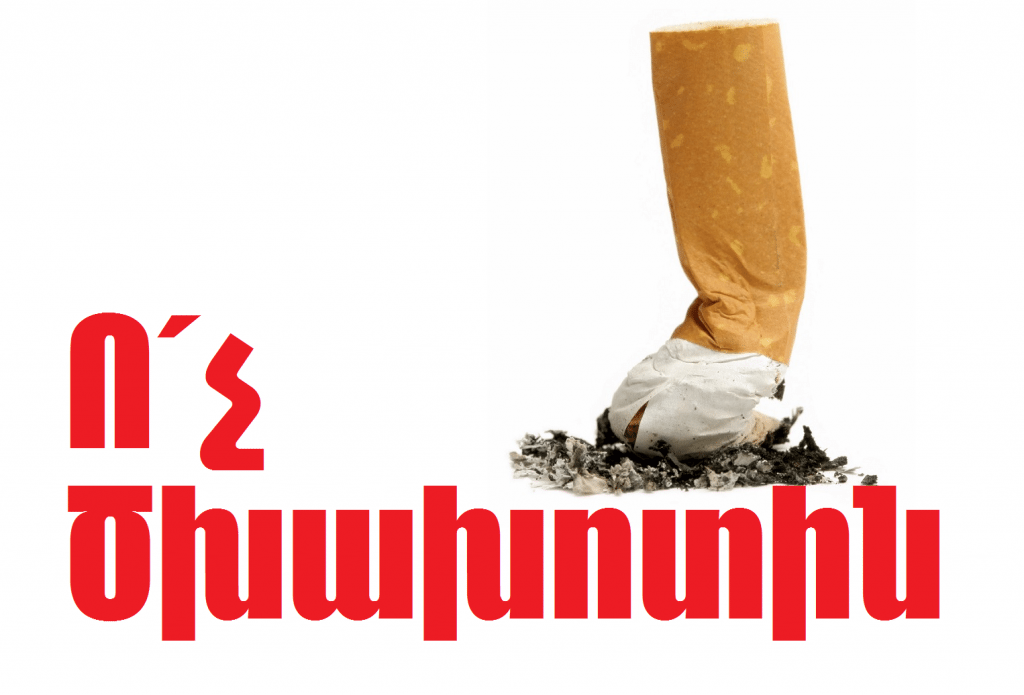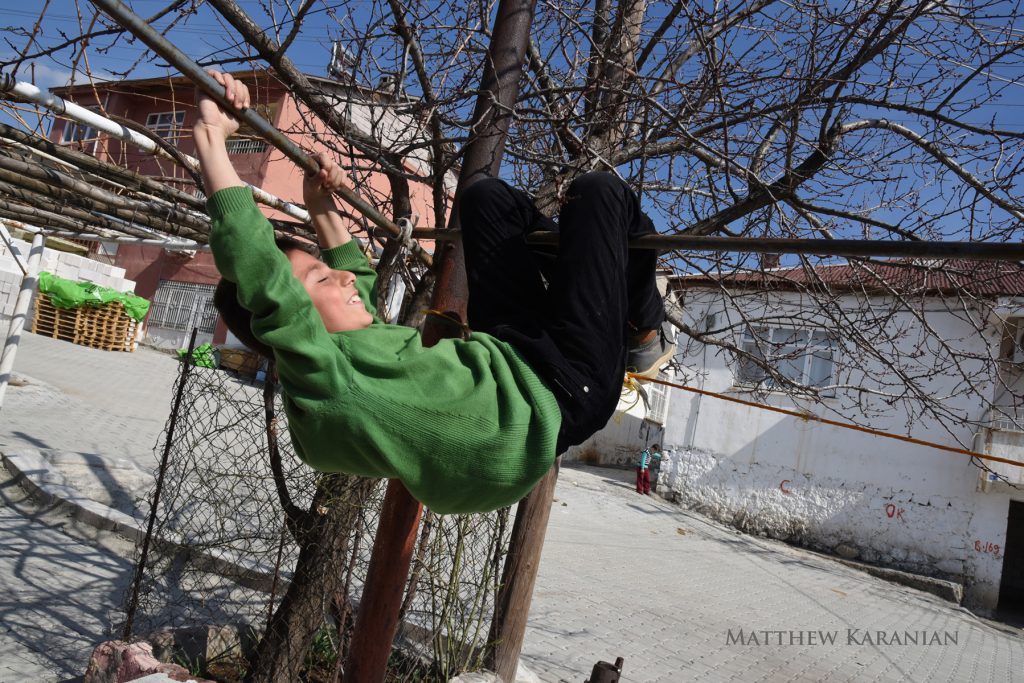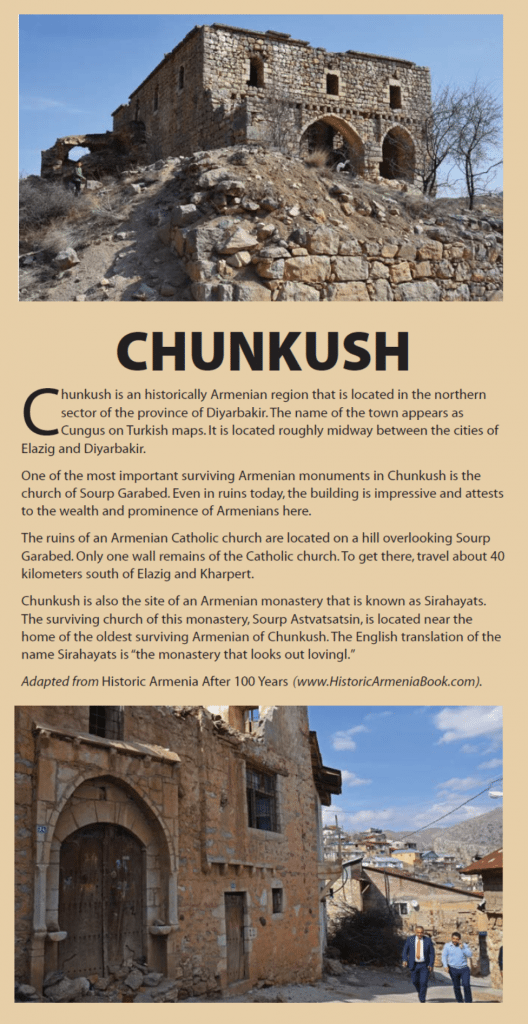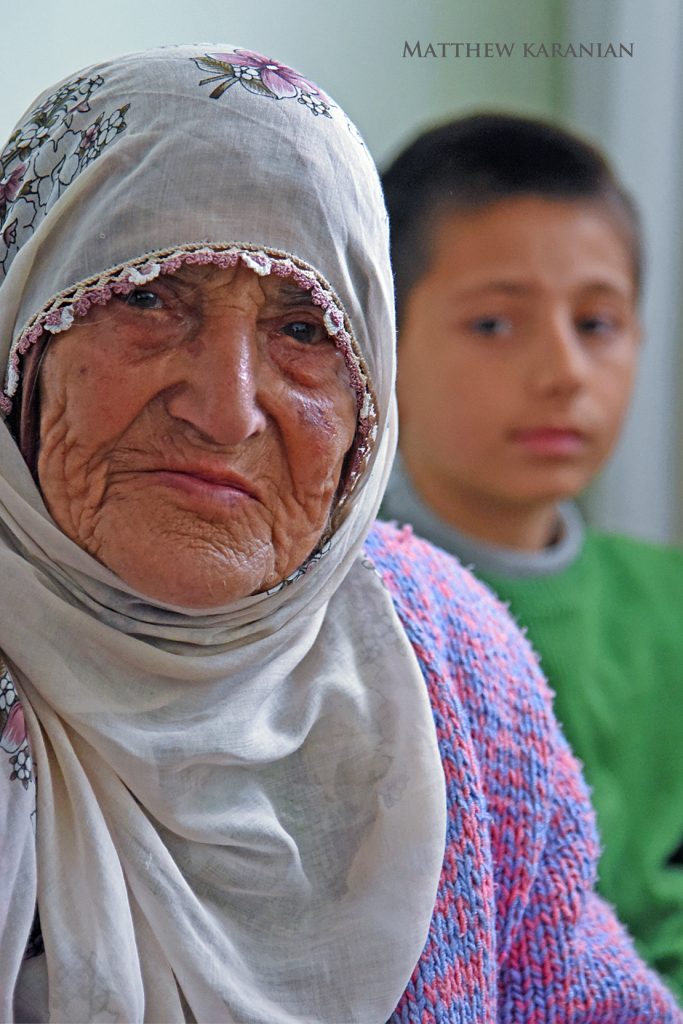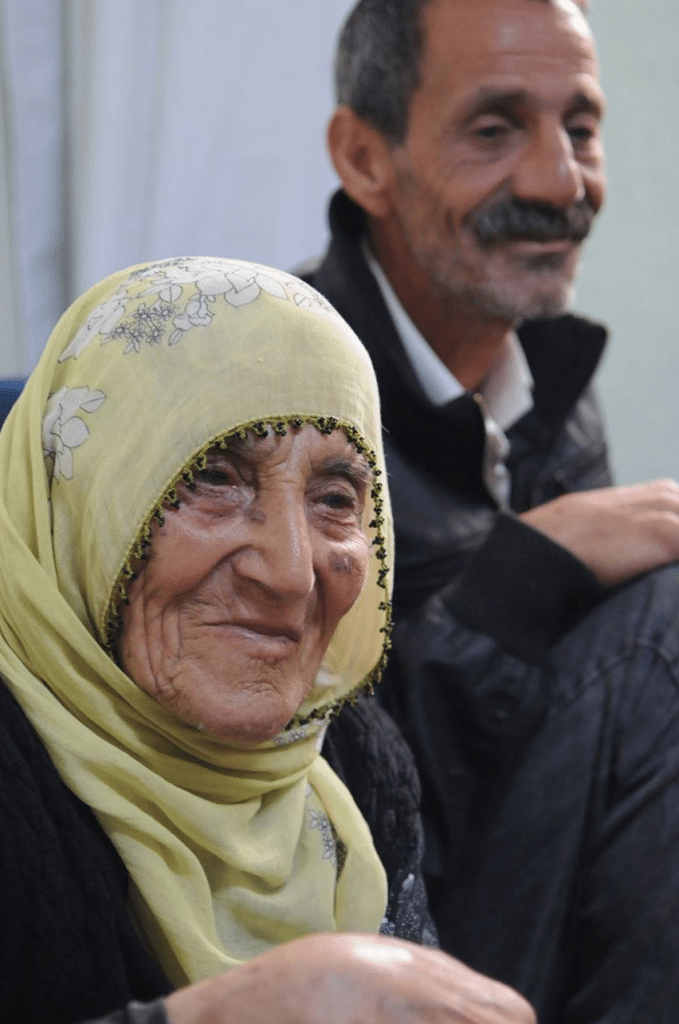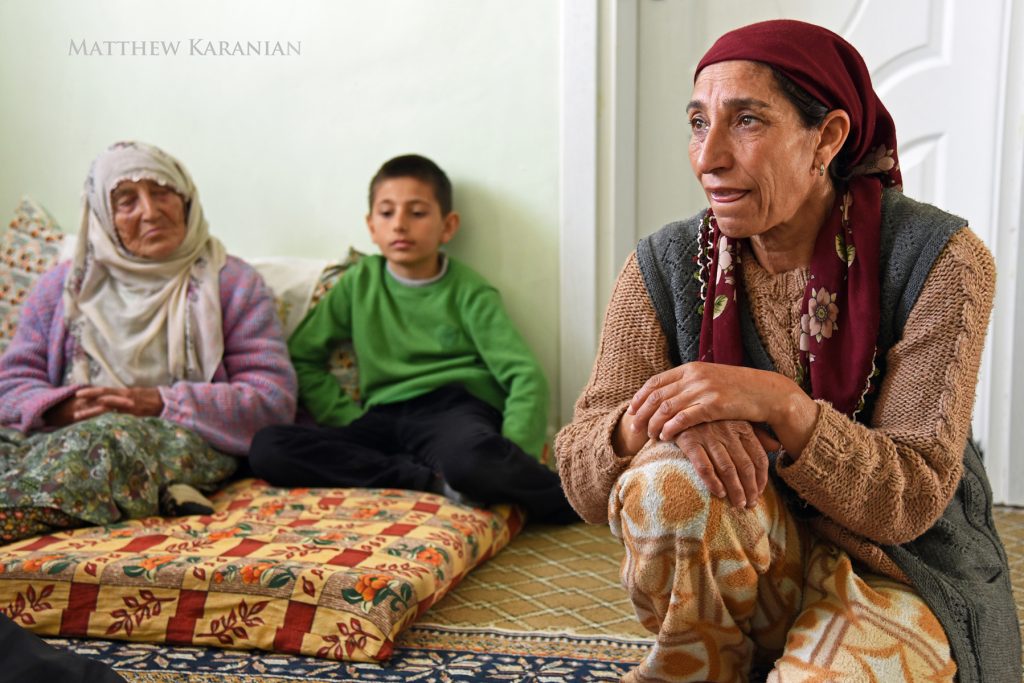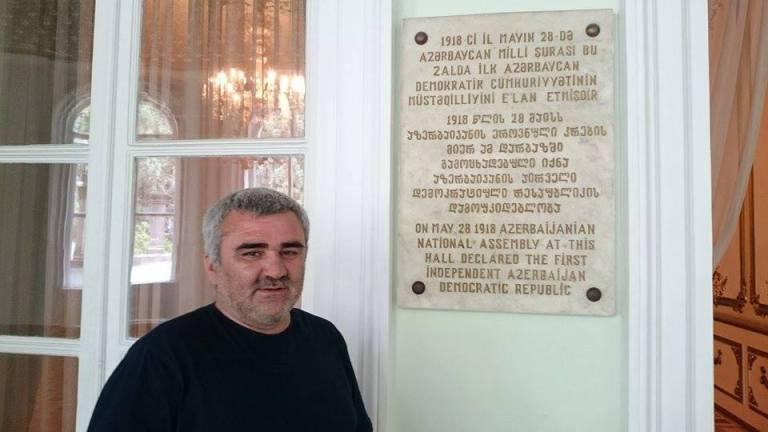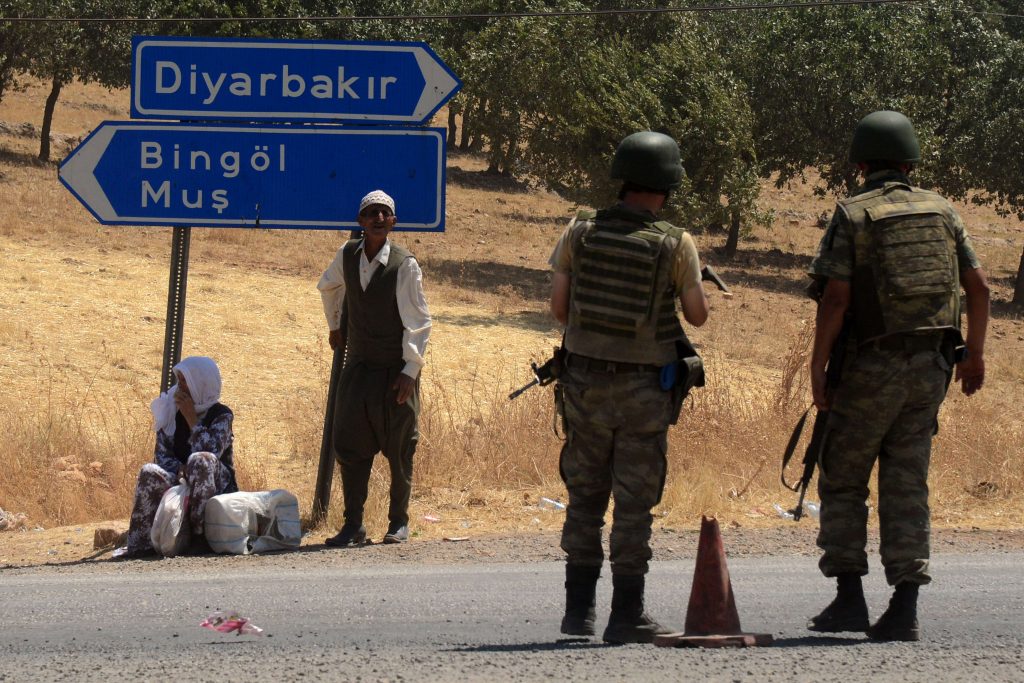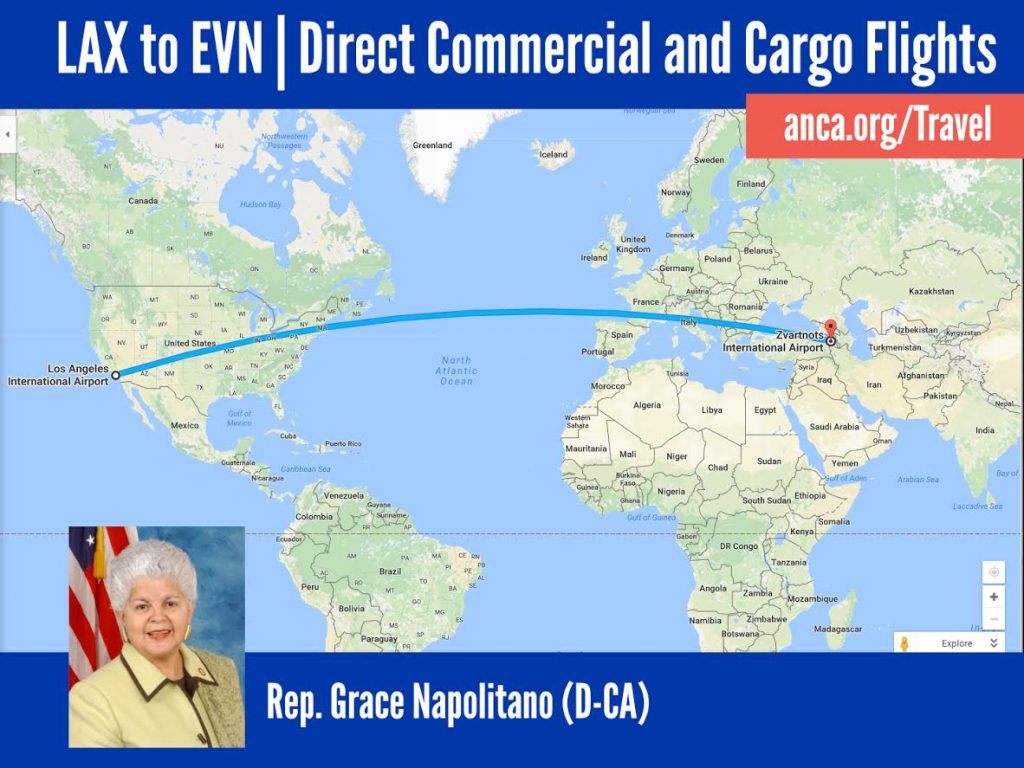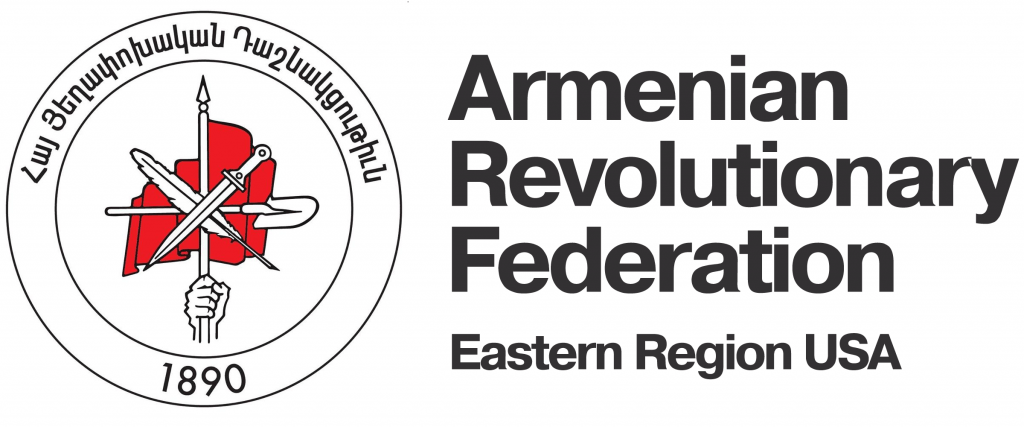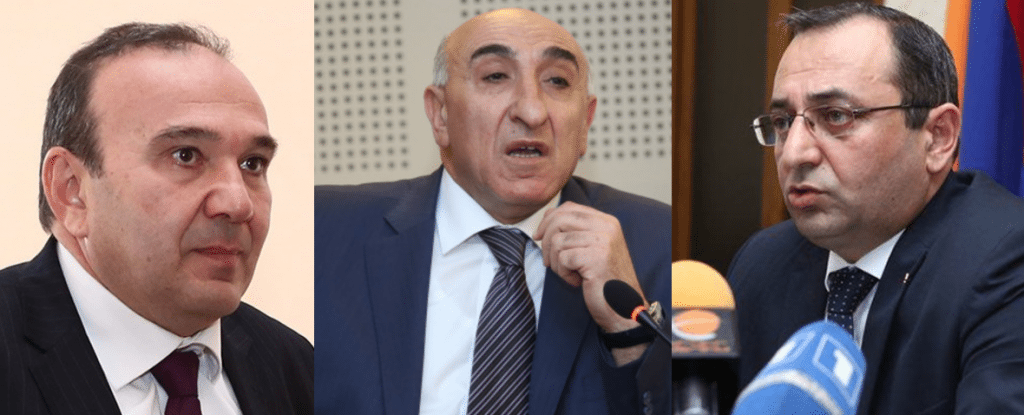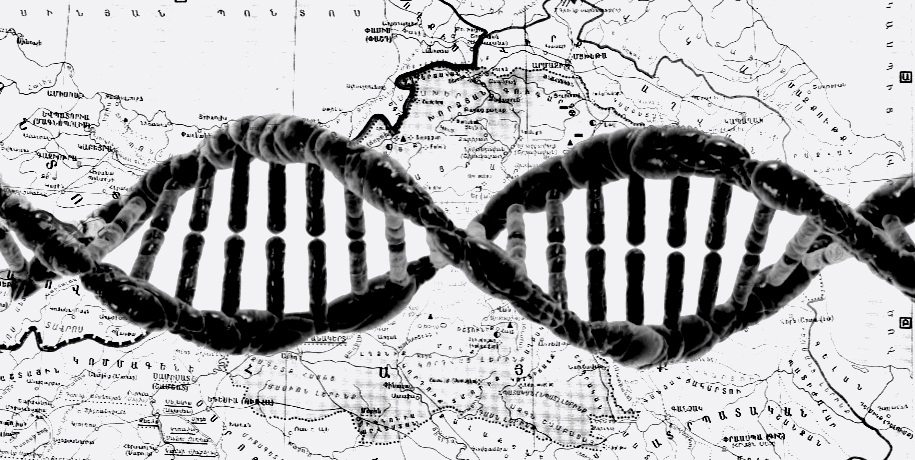WATERTOWN, Mass. (A.W.)—On May 30, the Armenian Relief Society (ARS) of the Eastern United States Board of Directors released a statement congratulating all the students who participated in the ARS of Eastern USA essay contest, and sent its continuing gratitude to the principals and teachers of the participating schools.
Over 150 students from Armenian schools across the eastern U.S. participated in the annual essay competition. The ARS of Eastern USA, sponsors the annual event for Armenian daily and one-day school students to encourage them to think about matters of importance to the Armenian people and how issues impact their young lives.
This year’s essay topic was “What it means to be an Armenian: Past, Present, and Future?”
Essay Contest judging committee was comprised of ARS members from the Greater New Jersey area, who were appointed by the ARS Eastern USA Board of Regional Directors. The ARS Regional Board Liaison was ungerouhi Margaret Babikian.
The 2017 essay contest judges were ungerouhis Carol Kennelly, Sarine Adishian, Natalie Darakjian, Knar Kiledjian, Hilda Baronian, and Talin Mavlian-Barsemian.
According to the statement, the udging committee members were very impressed by the quality of writings for both the Armenian and the English language essays and commended the students’ efforts.
Participating Armenian One-Day Schools:
Mourad Saturday School, Providence, R.I.
St. Stephen’s Saturday School, Watertown, Mass.
Taniel Varoujan School, Glenview, Ill.
Nareg Saturday School, Ridgefield, N.J.
ARS Zavarian Schools, Detroit, Mich.
Haigazian School, Philadelphia, Pa.
Azezian Yacoubian Armenian School, Conn.
Mesrobian School, Ill.
St. Stepanos Sunday School, Elberon, N.J.
Participating Armenian Everyday Schools:
Armenian Sisters Academy, Pa.
St. Stephen’s Elementary School, Watertown, Mass.
All winners were awarded Amazon gift cards. Congratulations to all.
***
One-Day Schools
Armenian
Grades 3 and 4
1st Place
Lara Telbelian/ARS Zavarian Schools, Detroit, Mich.
2nd Place
Areney Tokmakjian/Taniel Varoujan School, Glenview, Ill.
3rd Place
Sevak Dukenjian/St. Stephen’s Saturday School, Mass.
Grades 5 and 6
1st Place
Talin Chalikian/Mourad Saturday School, Providence, R.I.
2nd Place
Eliz Dedeian/Mourad Saturday School, Providence, R.I.
3rd Place
Vartine Kechejian/St. Stephen’s Saturday School, Mass.
Jacqueline Lucine Schmeizl/Azezian Yacoubian School, Conn.
Grades 7 and 8
1st Place
Alex Varjabedian/Narek School, Ridgefield, N.J.
2nd Place
Ani Ourfalian/St. Stephen’s Saturday School, Mass.
3rd Place
Nare Parseghian/St. Stephen’s Saturday School, Mass.
Giselle Krikorian/Mesrobian School, Granite City, Ill.
One-Day Schools
English
Grades 3 and 4
1st Place
Apcar Simon/Taniel Varoujan School, Glenview, Ill.
2nd Place
Talar Panossian/Taniel Varoujan School, Glenview, Ill.
Sosse Papazian/Taniel Varoujan School, Glenview, Ill.
3rd Place
Sarkis Marrin/St. Stepanos Sunday School, Elberon, N.J.
Alek Banklian/Taniel Varoujan School, Glenview, Ill.
Grades 5 and 6
1st Place
Talar Hovsepian/Haigazian School, Philadelphia, Pa.
2nd Place
Serana Antoine/St. Stephens School, Watertown, Mass.
3rd Place
Lilia Alaverdyan/Taniel Varoujan School, Glenview, Ill.
Grades 7 and 8
1st Place
Isabel Esenyan/Haigazian School, Philadelphia, Pa.
2nd Place
Nina Takvorian/Narek School, Ridgefield, N.J.
3rd Place
Alex Esenyan/Haigazian School, Philadelphia, Pa.
Everyday Schools
Armenian
Grades 3 and 4
1st Place
Talin Halebian/St. Stephen’s Elementary School, Watertown, Mass.
2nd Place
Kakig Minasian/St. Stephen’s Elementary School, Watertown, Mass.
3rd Place
Neshan Shamlian/Armenian Sisters’ Academy, Radnor, Pa.
Grades 5 and 6
1st Place
Zepure Merdinian/ St. Stephen’s Elementary School, Watertown, Mass.
2nd Place
Nairi Bouloutian/Armenian Sisters’ Academy, Radnor, Pa.
3rd Place
Krikor Eskenderian/St. Stephen’s Elementary School, Watertown, Mass.
Grades 7 and 8
1st Place
Aren Dardarian/ Armenian Sisters’ Academy, Radnor, Pa.
2nd Place
Ani Dardarian/Armenian Sisters’ Academy, Radnor, Pa.
3rd Place
Kevork Zeybari/ Armenian Sisters’ Academy, Radnor, Pa.
Everyday Schools
English
Grades 3 and 4
1st Place
Zana Eberlin/Armenian Sisters Academy, Radnor, Pa.
Grades 5 and 6
1st Place
Liliana Yacoubian/Armenian Sisters Academy, Radnor, Pa.
2nd Place
Solal Wanamaker/Armenian Sisters Academy, Radnor, Pa.
